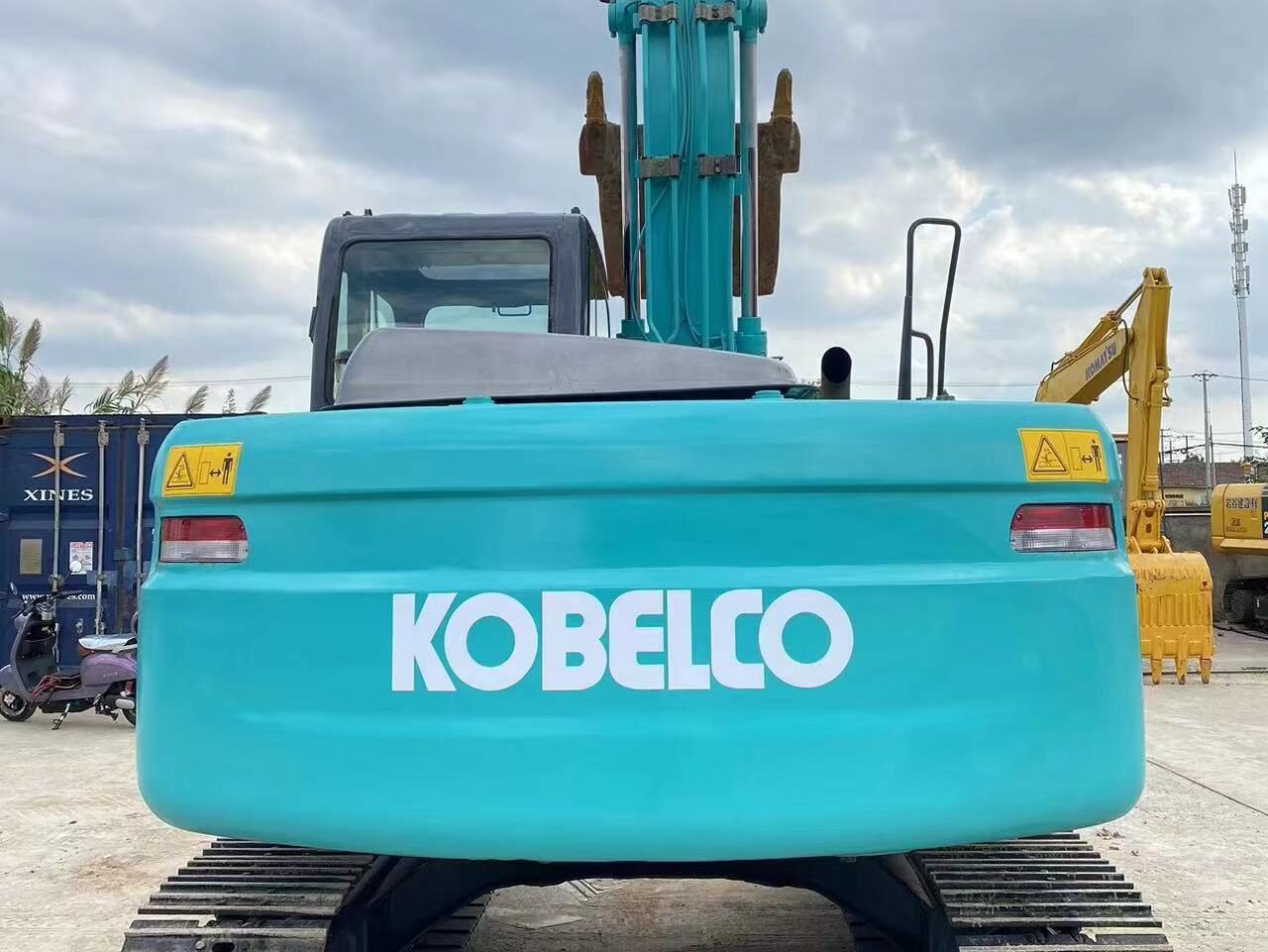I. Introduction
- Background
- With the increasing global awareness of environmental protection, the construction and engineering industries face increasingly stringent equipment emission and noise regulations. Governments and international organizations are continually introducing new standards aimed at reducing the negative environmental impact of construction equipment, particularly emissions of carbon dioxide and other harmful substances.
- Imported excavators encounter challenges in meeting these regulations, and businesses must ensure their equipment complies with specific environmental requirements to avoid market restrictions or penalties.
- Purpose
- This article aims to answer common questions regarding equipment emission and noise regulations, helping businesses understand how to comply with relevant laws and ensure that imported excavators meet environmental requirements, thereby protecting their legal rights and social responsibilities.
II. Overview of Environmental Regulations
A. Definition of Emission Regulations
- Basic Concept and Importance of Emission Regulations
- Emission regulations refer to the laws and standards established by governments to control pollution caused by industrial activities and vehicles. These regulations typically cover limits on greenhouse gas emissions, particulate matter, and other harmful substances.
- Complying with emission regulations is not only a legal requirement but also an essential aspect of corporate social responsibility, enhancing a company’s image and market competitiveness.
- Differences in Emission Standards Across Countries and Regions
- There are significant differences in emission standards between countries and regions. For instance, European emission standards are often stricter than those in many developing countries. Businesses need to thoroughly understand the specific regulations in their target markets to ensure imported equipment complies with local requirements.
B. Definition of Noise Regulations
- Basic Concept and Impact of Noise Regulations
- Noise regulations aim to limit the noise generated by industrial activities and construction equipment to protect public health and quality of life. These regulations usually set noise limits for different types of equipment.
- Violating noise regulations can result in legal liabilities, fines, and severe damage to a company’s reputation.
- Background of Noise Limit Standards
- The formulation of noise standards is typically based on research into public health impacts, considering factors such as the distance between urban planning, residential areas, and commercial zones. Companies should understand these standards and comply with them in equipment selection and usage.

III. Frequently Asked Questions
A. How to Determine the Emission Standards for Imported Excavators?
- Searching for and Understanding Applicable Emission Standards
- Businesses can obtain information about local emission standards through government websites, industry associations, and professional consulting firms.
- Understanding these standards involves identifying the specific requirements that apply to particular types and models of equipment.
- How to Obtain Compliance Certification for Equipment
- Imported excavators typically need to provide compliance certifications, such as EPA or EU certifications. These documents can be obtained from the equipment manufacturer or authorized dealers.
B. How Are Emission Tests Conducted for Imported Excavators?
- Process and Requirements for Emission Testing
- Emission testing usually includes evaluating the equipment’s performance under specific working conditions and must be conducted according to relevant standards.
- Companies should choose certified testing organizations to ensure the validity and compliance of the test results.
- Recognized Testing Organizations and Standards
- It’s important to identify and select nationally or regionally recognized testing organizations that adhere to international standards, such as ISO, or local legal requirements when conducting tests.
C. How Are Noise Levels Measured and Assessed?
- Standards and Methods for Noise Measurement
- Noise levels are typically measured using sound level meters and evaluated according to international standards (e.g., ISO 3744).
- Businesses should ensure measurements are taken under various operating conditions to obtain comprehensive noise data.
- How to Ensure Equipment Operates Within Noise Limit Ranges
- Selecting equipment that meets noise standards and implementing noise control measures during use, such as using mufflers and scheduling work hours appropriately, can help ensure compliance.
D. How to Ensure Equipment Meets Environmental Requirements?
- Choosing Appropriate Eco-Friendly Equipment and Technologies
- When procuring excavators, businesses should prioritize selecting equipment that complies with the latest environmental standards. Modern excavators often come equipped with advanced emission control technologies, such as Selective Catalytic Reduction (SCR) and Diesel Particulate Filters (DPF).
- Importance of Regular Maintenance and Testing
- Regular maintenance of equipment ensures that all emission control systems function properly, effectively reducing emission levels. Routine testing can also help identify potential issues early, avoiding compliance risks.

E. What Are the Consequences of Non-Compliance with Environmental Requirements?
- Risks of Legal Liability and Fines
- Businesses that fail to comply with emission and noise regulations may face penalties, work stoppages for corrections, and severe legal consequences that could impact their ability to operate in the market.
- Impact on Company Reputation and Market Competitiveness
- Non-compliance can severely damage a company’s brand image, resulting in customer loss and affecting market share. Therefore, following environmental regulations is not only a legal requirement but also a crucial aspect of sustainable business development.
F. How to Respond to Regulatory Changes?
- Monitoring Policy Developments and Regulatory Updates
- Businesses should establish monitoring mechanisms to regularly track changes in relevant environmental regulations and timely adjust their strategies in response.
- Adjusting Business Strategies to Meet New Requirements
- In light of regulatory changes, companies may need to update equipment, improve operational processes, or enhance employee training to ensure ongoing compliance with environmental requirements.
IV. Conclusion
- Summary
- Complying with equipment emission and noise regulations is vital for the sustainable development of businesses, as it helps avoid legal risks and enhances corporate image and market competitiveness.
- Recommendations
- Companies should establish a comprehensive compliance mechanism to ensure that imported excavators meet environmental requirements, conduct regular equipment assessments and maintenance, and maintain effective communication with industry associations and government agencies to stay informed about policy changes and ensure continued compliance.



